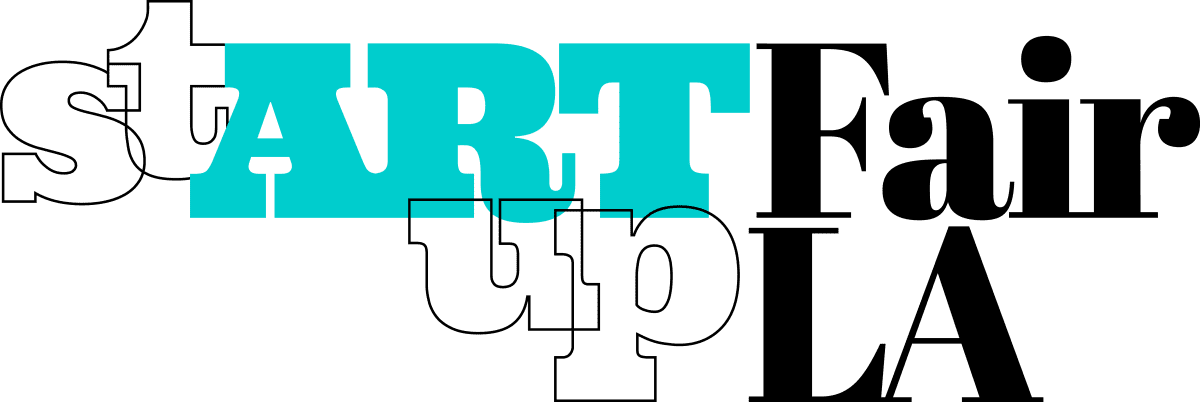A new art fair is coming to Los Angeles in January and it’s sure to stand out from the crowd. Distinct from the traditional fair model that requires an artist have gallery representation, stARTup presents a new approach, only featuring the work of underrepresented artists. Founders Ray Beldner and Steve Zavattero created stARTup to offer artists an opportunity to present and curate their work in their own hotel room rather than on temporary sterile white walls. At the core of their philosophy is that participating artists keep 100% of the proceeds from their sales. The stARTup Art Fair will take place January 29-31, 2016 at the Highland Gardens Hotel. There’s still time to submit your application! Apply by midnight PST November 15 to be a part of the stARTup movement.
What inspired the founding of the stARTup Art Fair? Unlike other art fairs that come to Los Angeles where artists are required to have gallery representation and booths cost a substantial amount of money, stARTup Art Fair is geared toward the “underrepresented artist” who may not otherwise have the opportunity to show their work in a fair environment. Why is it important to you to embrace “unrepresented” talent?
Steve Zavattero: Ray and I feel strong that with the myriad of changes in the contemporary art world – the many gallery closures, the move toward online sales, the focus on the art fair — many committed, professional, talented artists were suddenly not being afforded the same opportunities for in-person, solo exhibition exposure that existed previously. We strive to provide our exhibiting artists an intimate venue to capture, or recapture, their clients and their “markets.”
Ray Beldner: A lot of the energy and money in the art world in the past decade has shifted towards art fairs. Here in the US, art fairs are primarily geared to help galleries reach a broader, international audience for their artists. That’s terrific except when you consider how many artists are out there working without the benefit of any galleries to represent them and take their work to that fair-going audience. Those artists represent the majority of the art production in this country and they have few outlets for their work. I consider myself typical in that regard; at one point, I had gallery representation in San Francisco, Los Angeles, and New York. Over a period of five or so years, I lost my dealers for one reason or another and now have no way to get my work into the art market. stARTup Art Fair was conceived to serve artists like myself and others who never had gallery representation because they are recently out of school or couldn’t break into that world. Steve and I want to put those unrepresented artists on a level playing field with represented artists, help them promote and sell their work, get their art in front of curators, critics, art consultants, gallerists, and perhaps some will even find gallery representation if they want that.
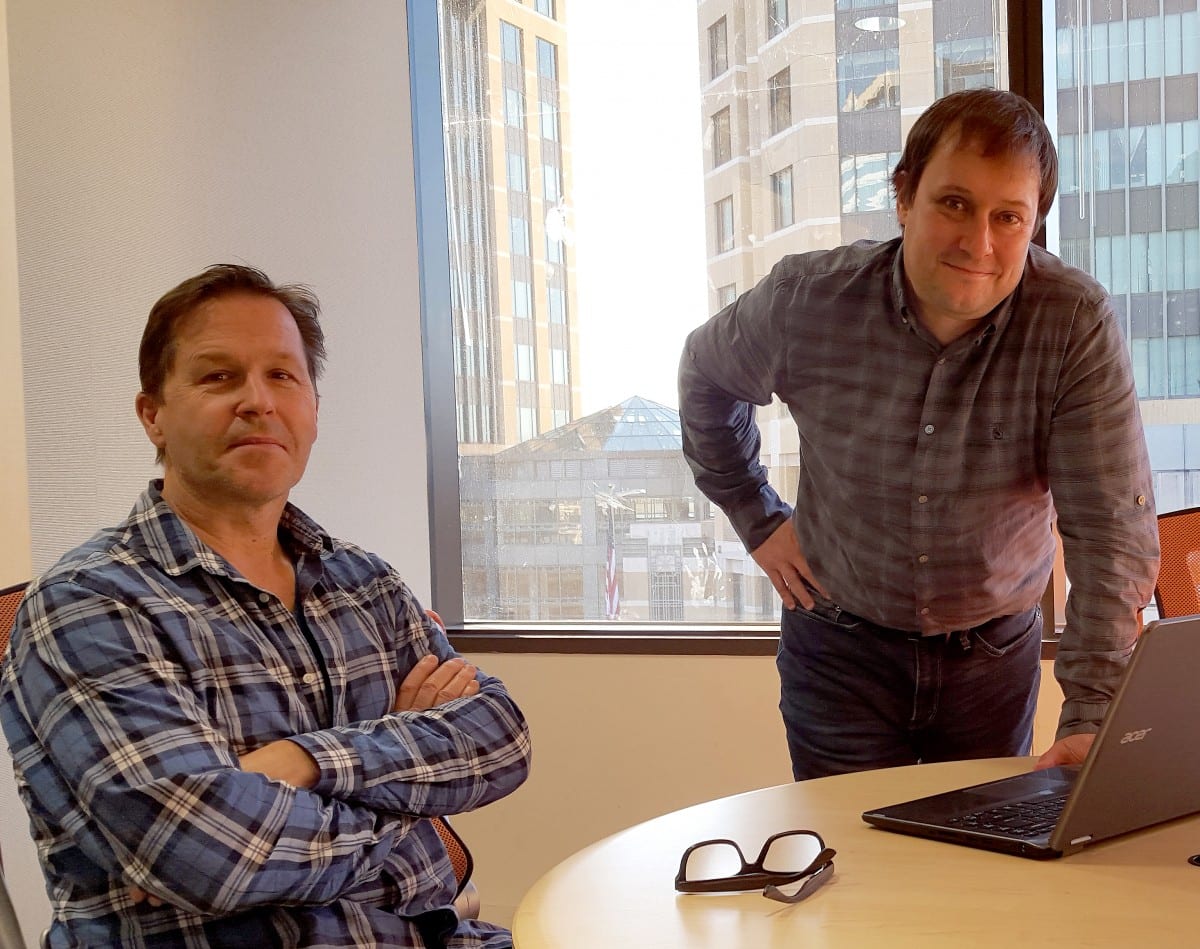
When did you first begin working together?
Steve Zavattero: Almost exactly one year ago.
Ray Beldner: Steve and I have known each other for years just through the art world, but we started working together after I approached him last October with the idea for the art fair.
What are your respective backgrounds in the arts?
Ray Beldner: I was born and raised in San Francisco and I received my BFA from the San Francisco Art Institute and my MFA from Mills College in Oakland. I’ve been an exhibiting artist for about 25 years and I’ve exhibited my work all around the Bay Area as well as LA, NYC, Washington DC, and abroad in Italy, Germany, England, Canada, Korea, etc.
Steve Zavattero: I was Co-Director of Marx & Zavattero, a contemporary art gallery in downtown San Francisco, from our founding in 2001 until our closure in 2013.
Unlike a traditional art fair model where work is presented in booths, artists will have the chance to showcase their work in a hotel room at the Highland Gardens Hotel, a family run space located in the heart of Hollywood. What impact do you feel the presentation of work has on visitors?
Ray Beldner: Steve and I like the hotel fair model because it shows the work in some kind of real-life context: a living room, a bedroom, with furniture and other items around. It’s not the sterile white booth with crowds of people streaming by and all the art vying for the eye of the visitor. At the hotel, each artist sets up his/her room as they like, they create an inviting experience and the enclosed rooms allow for a more contemplative, focused viewing where people can have real conversations directly with the artists about their work.
Steve Zavattero: Our exhibiting artists have the freedom to independently curate their own spaces. Our only requirement is that they present a well-conceived solo exhibition/installation of their work, as opposed to bringing the whole studio. We don’t encourage salon-style hanging! The advantages of this approach and format over a traditional “booth fair” include a much more intimate, inviting and homelike experience for visitors to view each artist’s work, and the opportunity for a more relaxed and serious one-on-one interaction between artist and fair-goer.
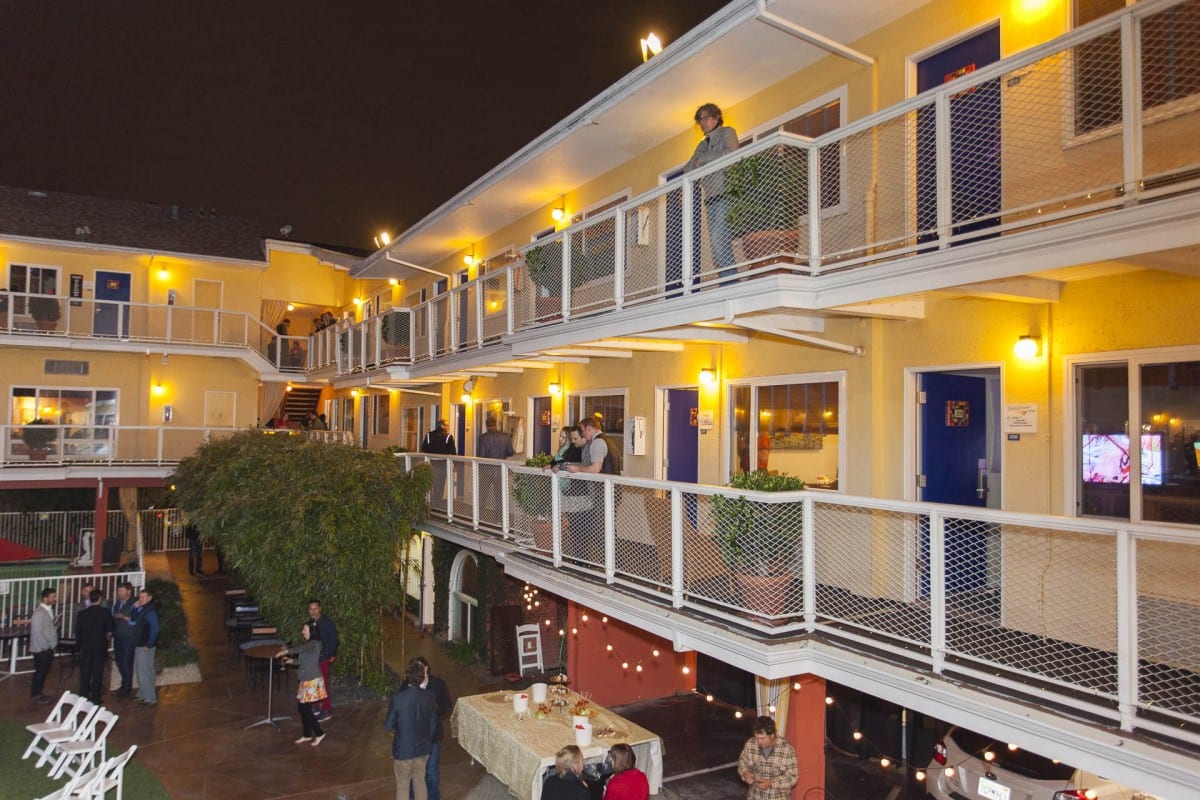
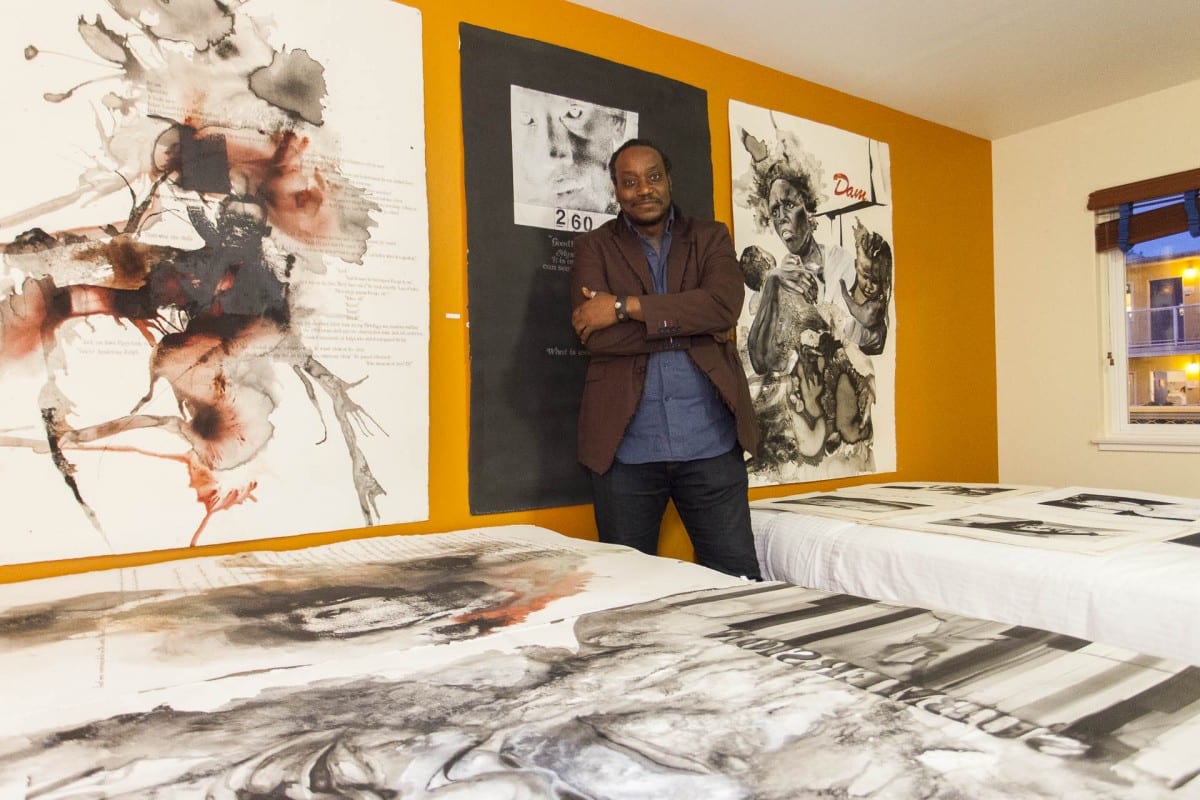
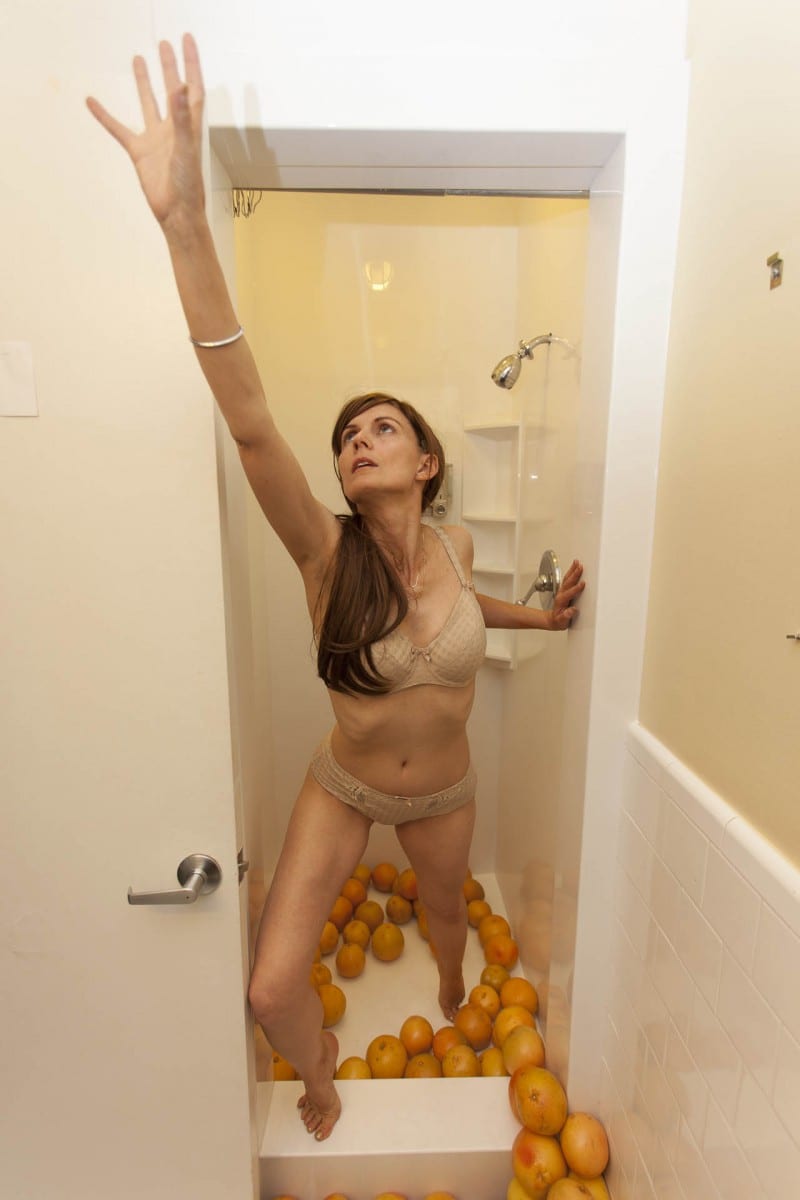
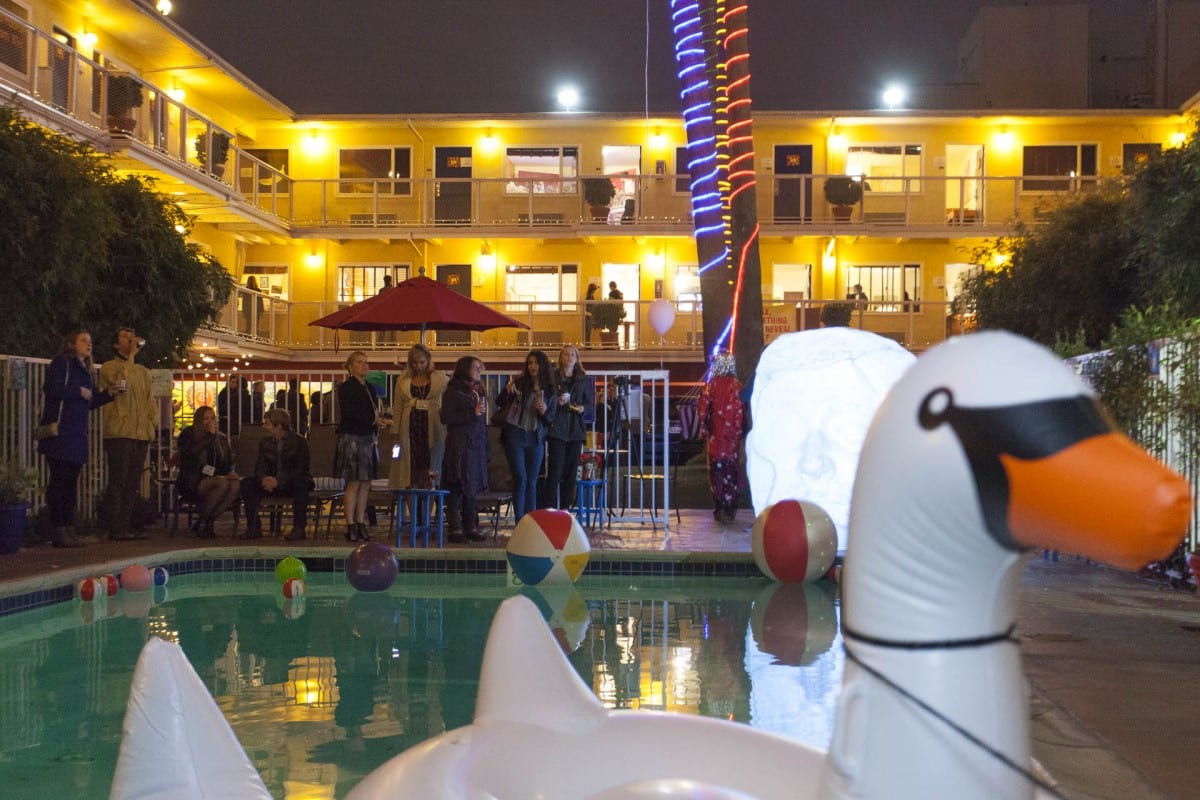
What are the greatest challenges you have faced in starting up (no pun intended) a new art fair?
Steve Zavattero: Landing sponsors willing to support our show financially. Our exhibitor fees are very low…one-quarter to one-fifth the fees of a typical gallery fair. Thus, we have a shoestring budget, which makes pretty much everything very challenging!
Ray Beldner: While Steve and I have both participate in traditional art fairs, he as a dealer and I as an exhibiting artist, we’ve never organized a big event like that until the first edition of stARTup SF. Once we secured the right hotel for the show, the hardest thing was—to our surprise—convincing artists to apply! To be fair, many, many artists immediately saw the benefit to taking control of their career, mounting their own show in the room, and spending three days interacting with the public around their artwork. We had over 100 applicants. But there were plenty others who told us outright that it was simply wrong or somehow exploitative to charge artists anything to participate in the fair. There are still many artists who seem to hold tightly on to the old paradigm that artists shouldn’t or can’t handle the business end of their careers. Or should spend any money toward marketing their art. That’s their prerogative, but I don’t believe that the old models ever worked well for all artists. stARTup is trying to change the status quo, so some resistance is to be expected. After the success of the SF fair, though, many artists quietly said to us that they wish they had done the fair after all.
How did you determine who should be on the Advisory Council and Selection Committee for the fair?
Steve Zavattero: Between the two of us, we have had the great opportunity to work with so many esteemed and engaged members of the contemporary art world. When discussing this topic, many names get tossed around. In the end, we choose members who we feel will vet a quality fair, who will raise the profile of stARTup, who artists will be excited and proud to submit applications to, and who will give us sound, solid advice, and assistance. As well as tell us when we are screwing up!
Ray Beldner: When we put together our selection committee, we are trying to find a good representation of art world professionals: artists, dealers, consultants, and curators. We also try to balance the male/female ratio because we believe that it matters too. We work with mainly local art professionals because we think that most of the artist likely to apply will be local. Who best to vet them but those people who may already be aware of them and understand their practice? The Advisory Council is similarly composed of local art professionals and they are there to help us understand and connect to the regional art scene. They also advise us on non-profit partnerships, how to reach artists in the area to apply, and other opportunities for the fair that we may not aware of.
What was the response from artists and the public when the stARTup Art Fair first debuted in San Francisco last year? How did collectors respond to works presented? Did any find representation as a result of participating?
Ray Beldner: I had high hopes for the first edition of the fair, but it exceeded my and Steve’s expectations by far. Most artists made sales, several sold out their art, many got into museum and gallery shows, a few got gallery representation and in general, most told us that they felt like the entire endeavor was worth the cost and the effort. On top of that, we received fantastic press with front-page coverage in the San Francisco Chronicle, and about a dozen other major pieces online and offline written about the fair.
Steve Zavattero: The response was incredible and heartwarming. The majority of artists told us they easily made their expenses back and many ended up in the black. And that’s just the financial part; they also got to expose their work to thousands and thousands of engaged, interested art appreciators. Yes, more than a few are now working with a gallery as a result of exhibiting at stARTup San Francisco.
Now that the fair is making its debut in Los Angeles, what are your hopes for stARTup?
Steve Zavattero: We hope to double our attendance and realize even more sales, exposure, and future opportunities for our artists.
In what ways do you feel Los Angeles is different from other cities like your native San Francisco?
Steve Zavattero: Well, it certainly has the advantage of being much larger, which affords artists the chance to spread out, and find new exciting neighborhoods and more affordable studio spaces to flourish in. San Francisco seems to be growing ever more impacted and alarmingly homogeneous, and our artists are really feeling the squeeze. Los Angeles still feels wide open; creative ideas and opportunities to experiment with, and present, new approaches to established ideas seem endless.
Ray Beldner: I love LA and the scene there. I come down often because it’s full of energy and hope. Now that we’re doing the fair there, I’m getting to know the art scene in a deeper way and I’m starting to familiarize myself with the non-profits and understand the relationship between the artists, galleries, museums, and art spaces. From what I’m starting to gather, there are even more unrepresented artists here that SF and it’s often by choice, which is a hopeful sign.
What are your hopes for the Los Angeles version of the fair?
Steve Zavattero: We hope the success of stARTup Los Angeles leads to even more buzz and interest in SF 2016, as well as for a potential third U.S. fair in Chicago. We have received submissions in all imaginable types of media; approximately 35 to 40 artists will be selected to participate. We encourage any and all unrepresented artists, who look to take charge of their own destiny, to apply. If selected to participate, you will have the opportunity to begin professional relationships with collectors, curators, gallery owners, art consultants, and writers who will attend our fair, as well as the established Art Los Angeles Contemporary and LA Art Show fairs. stARTup Art Fair will attract thousands of art lovers, from the seasoned enthusiast eager to discover new artists, to museum and institution collectors groups, to the curious ‘newbie’ eager to start a collection.
Ray Beldner: My hope is that we get lots of good applications in order to give our selection committee the broadest choice possible. The deadline isn’t over till November 15th so we don’t yet know all of the types of work that will be in the running. In SF, we had everything from painting and drawing to printmaking, ceramics, sculpture, photography, video and even performance-based works. In the outdoor areas of the Highland Gardens Hotel, which will be curated separately, offer an opportunity to work with even more artists using time-based media, performance, and sculpture, which will broaden genres of work seen by visitors and allow more artists access to the fair platform. In addition, we will give free rooms to 3-4 more LA based non-profit art groups that will also bring in some of their artists to highlight the work of those organizations.
What has been the most rewarding experience you have had thus far?
Ray Beldner: I have to say that as an artist, educator, and sometime curator, it made me very happy to watch all the artists at stARTup SF work their asses off for three days, behave incredibly responsibly and professionally, and in the end, see real results and benefits from their participation. They put the lie to all the stereotypes of artists that the public holds of the lazy, irresponsible, self-centered bohemian…
Steve Zavattero: The incredible feedback we have received from artists who exhibited in our inaugural San Francisco fair. They believed in both themselves and in us. They took a chance, and for most of them, the result and the “ripples” from the fair have been career-changing. It was also quite wonderful to see the smiles on the visitor’s faces as they went from room to room. Complete strangers came up to me and remarked how much they loved the fair, how great it was, how much really good work they were seeing. It was a very special weekend for all who participated in one way or another.
The application deadline is Sunday, November 15 at midnight PST. Apply now.

